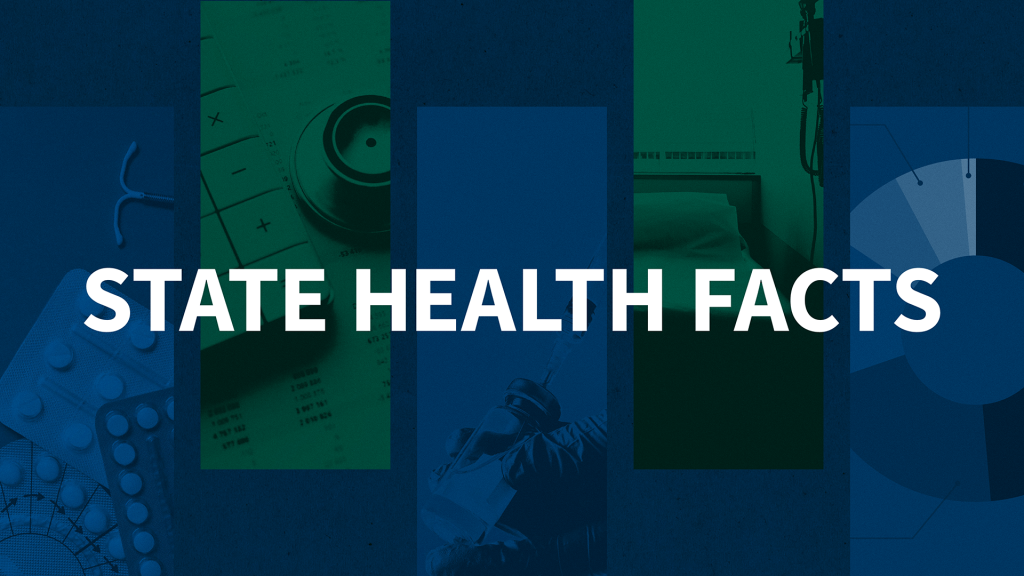People with HIV Who Gained Health Coverage Under ACA Are More Comfortable Navigating Insurance Two Years Later, But Problems Persist, Others Remain Uninsured
A new Kaiser Family Foundation report based on focus groups conducted in five states finds people living with HIV are more comfortable with navigating health insurance two years into the Affordable Care Act’s (ACA) major coverage expansions.
